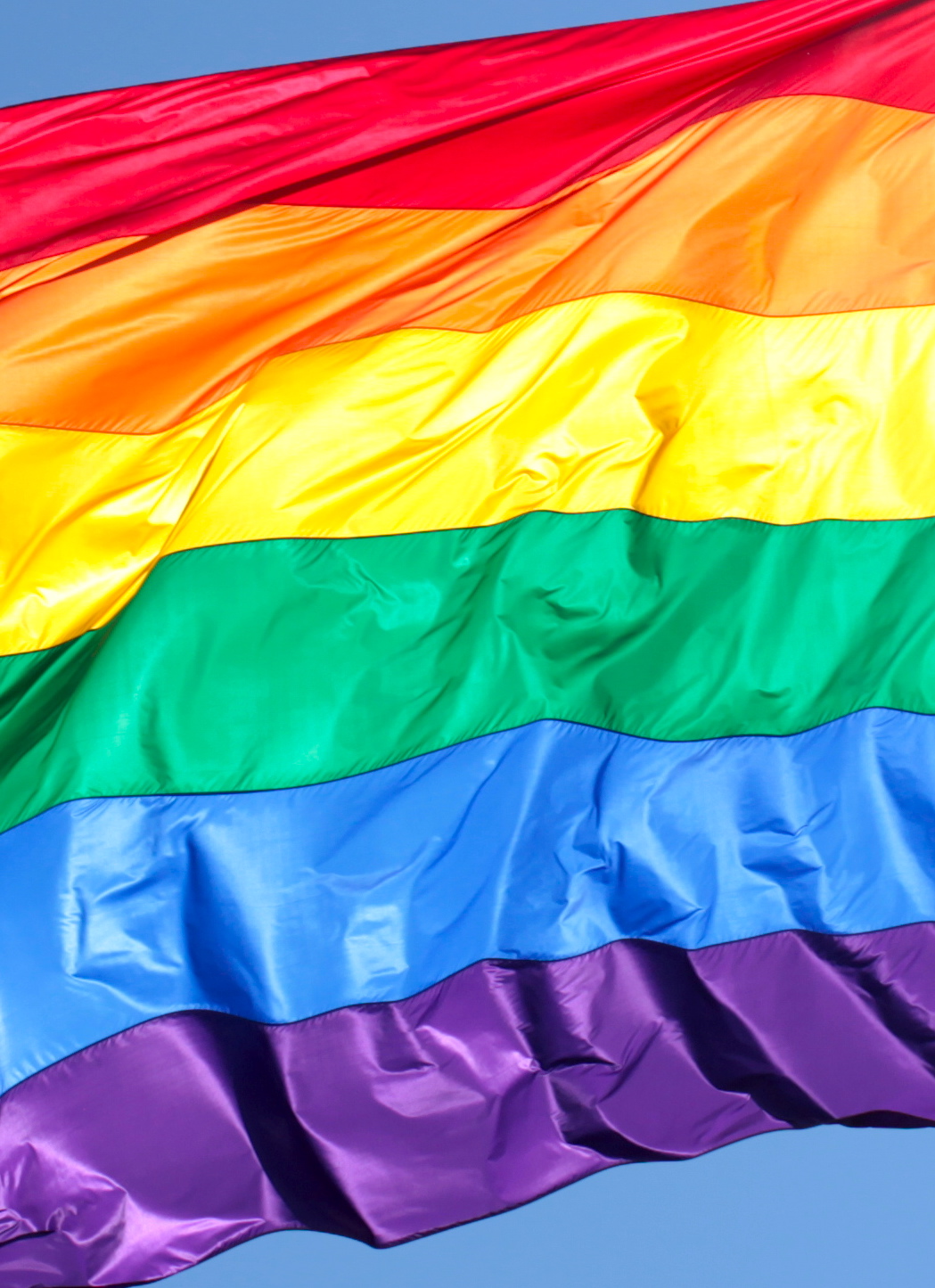Approximately 3-5% of the population in the United States identifies as homosexual or as having sex with a person of the same gender at some point in their life. That is approximately eight to 12 million individuals. In comparison, the population of Boston, MA is around four million people. Los Angeles, CA has a population of approximately 10 million. These statistics suggest that engaging in sex with a partner of the same gender or being transgender is not uncommon.
The lesbian, gay, bisexual and transgender (LGBT) population is like any other minority population in the United States. LGBT members share many commonalities—particularly in health—with the majority of people, but they also carry unique unaddressed health needs. Higher rates of poor mental health, sexually transmitted infections and HIV exist in the LGBT population. Particular practices, cultures and societal perspectives create these unique needs. Discriminatory practices in health care, societal stigma and lack of knowledge about the LGBT health needs by doctors create barriers to care for LGBT patients, meaning that many individuals may avoid receiving important, routine care. When asked, some gay individuals state that they fear coming out to their physician because they worry they may be treated differently, or that they may not be given the same level of care.
Studies have shown that a significant number of physicians are uncomfortable caring for gay patients, and many youth are not being asked about sexual history by their physician. In 2011, the Journal of the American Medical Association published an article on medical student education of LGBT health issues. The article stated that on average, medical schools had a total of five hours of education discussing LGBT issues, most of which was during the pre-clinical (non-patient-care) years. This is abysmal.
I can remember no more than an hour of dedicated time on a random afternoon spent discussing LGBT care in medical school. I realized how ill-prepared I was when I encountered my first lesbian patient. Here was how the encounter went.
“Do you have sex with men, women or both?” I asked.
“Women,” she replied.
Caught off guard and not sure what to say next, I asked “do you practice safe sex?”
“What do you mean?” she asked. “Like dental dams?”
I did not know what I meant by safe sex, nor entirely what a dental dam was, so I quickly and awkwardly finished the interview. I later scoured Google learning about sexually transmitted infection risks and safe sex practices for lesbians. A longer lesson on LGBT care at school would have better prepared me for this visit.
LGBT health issues are imperative for physicians to learn. It may be taboo outside the clinic, but in the clinic, sexual health is still health. The LGBT community faces unique sexual and mental health issues. More time needs to be allocated to teaching LGBT health in medical school. The AMA and the AAMC both state the importance of comprehensive LGBT education in medical school curricula and good sexual history taking skills in their LGBT policy statements. This discussion is as important as immigration law or health care reform, and it is an injustice by the medical community to ignore the health needs of the LGBT population through inadequate medical training.
Image source: Pride is for Everyone by torbakhopper licensed under CC BY 2.0.

